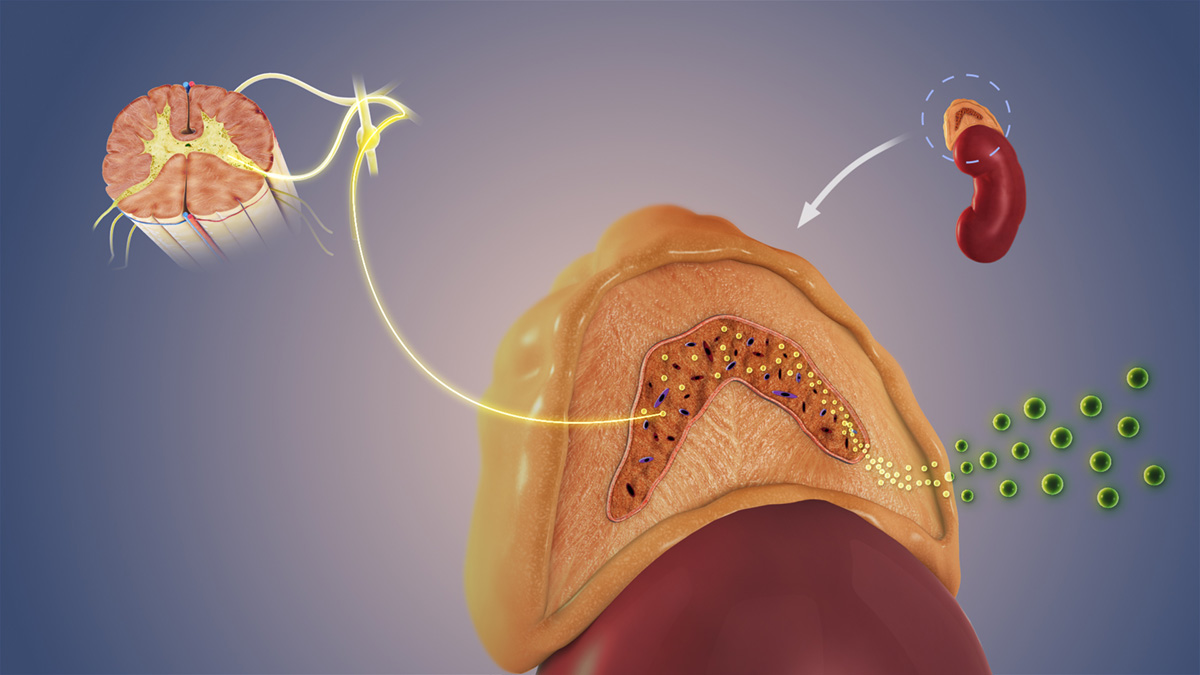
Familial dysautonomia is a certain type of hereditary disorder which affects the autonomic nervous system. It also affects the proper development of certain types of parasympathetic, sympathetic and sensory neurons located in the sensory and autonomic nervous systems, and it all leads to the development of a wide array of symptoms. This type of medical condition is also sometimes referred to as the Riley-Day syndrome. Contrary to the popular belief, this medical condition does not affect the intelligence of a person. It was first reported in 1949 by Conrad Milton Riley and Richard Lawrence Day and that is how it got its name. The modern medicine classifies the familial dysautonomia as a hereditary sensory dysfunction and variable autonomic HSAN. There are different types of HSAN, and all of them are associated by incomplete development of autonomic and sensory neurons which trigger the variable autonomic dysfunction and sensory dysfunction.
FD is seen almost exclusively in Ashkenazi Jews
It is a very peculiar fact that the familial dysautonomia is almost exclusively seen in Ashkenazi Jews (Jewish individuals of Eastern European ancestry). Since it is inherited in an autosomal recessive way, a person may only inherit it if both parents carry the mutated genes. The carrier frequency in Ashkenazi Jews is somewhere about 1 in 30, while the general public is associated with a carrier frequency which is more like 1 in 3000. In cases where both parents carry the mutated gene, there is a 25 percent chance that their child will inherit the familial dysautonomia. This is why all families who suspect that they carry the mutated genes need to indulge in extensive genetic testing and genetic counseling in order to avoid the passing of the disease onto their children. Since the disorder was first discovered, there have been about 600 documented cases of the familial dysautonomia. Out of all those people, there are approximately 350 of them who are still alive.
Diagnosis
In order to be diagnosed with the familial dysautonomia, a person needs to support a certain amount of criteria. The most common factors which need to be included are the lack of tears with emotional crying, lack of an axon flare following an intradermal injection of histamine, decreased deep tendon reflexes, the absence of fungiform papillae on the tongue and an Ashkenazi Jewish background. Some cases may also require genetic tests to be performed. These tests require small samples of blood, so that the DNA can be tested. Prenatal testing may also be required in some parents.
Symptoms in a baby and in an older child
The familial dysautonomia is present at birth and it is associated with a large number of different types of symptoms. Babies and older children usually do not experience the same types of symptoms. The symptoms commonly displayed in babies may or may not include persistent bilateral eye irritation, red blotching of the skin, misdirected swallowing, poor suck, poor tone, absent suck, weak suck, high prevalence of breech presentation, and an absence of overflow tears with emotional crying after 7 months of age. Older children commonly experience different symptoms of the familial dysautonomia, such as red puffy hands, unstable blood pressure, erratic blood pressure, poor growth, less perception in temperature changes, less perception in painful sensations, corneal abrasion, spinal curvature, unsteady gait, delayed walking and delayed speech. Some cases may also involve the condition called dysautonomia crisis which commonly included various symptoms as a response to emotional or physical stress. This constellation of symptoms may also be accompanied by a negative change in the personality, blotching of the skin, drooling, excessive sweating, increase in blood pressure, increased heart rate and vomiting.
Treatment of Manifestations
Even though the exact gene responsible for the onset of the familial dysautonomia has been identified, there are still no specific treatment options available which would guarantee the complete healing. The current treatment options are characterized by a supportive, symptomatic and preventative nature. The type and severity of symptoms may vary constantly, because this medical condition does not get expressed in a consistent or continuous manner. This is why each individual case of familial dysautonomia requires special treatment plans, carefully tailored to the specific needs of that patient. Compensating for labile blood pressures is sometimes used. The spinal curvature and tibial torsion are commonly treated as orthopedic types of problems. The orthostatic hypotension is usually dealt with by utilizing a high salt diet, frequent small meals, leg exercises, proper hydration and medicaments such as fludrocortisones. The child needs to be well protected from different types of injuries. The daily chest physiotherapy may be helpful in some cases, as it involves the utilization of postural drainage, bronchodilators and nebulization. The child always needs to be supplied with proper amounts of all nutrients. In cases of excessive eye dryness, artificial tears are commonly used.











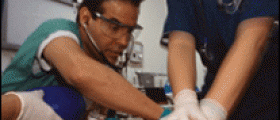
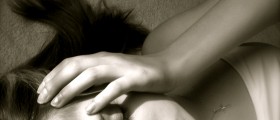
-in-Multiple-Sclerosis_f_280x120.jpg)
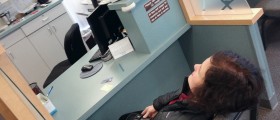
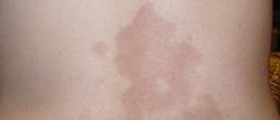

Your thoughts on this
Loading...